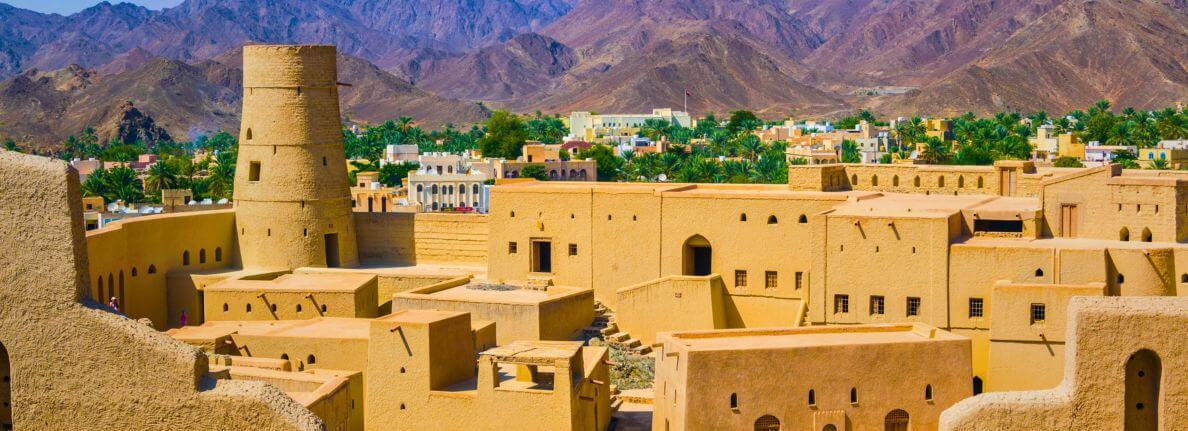
Oman's Tourism Sector Takes Flight on the Wings of Strategic Vision and Investment
According to recent data from the World Travel and Tourism Council (WTTC), Oman's tourism sector is projected to contribute a staggering OMR 3.3 billion (approx. $8.6 billion) to the nation's GDP in 2024, representing a remarkable 7.6% of the total economy. This figure marks an impressive 35% increase from 2023 levels. The industry's growth trajectory is also creating significant employment opportunities, with an estimated 206,000 jobs expected to be supported by the travel and tourism sector by the end of 2024.
These impressive figures reflect Oman's concerted efforts to diversify its economy away from hydrocarbons and position tourism as a key pillar of sustainable growth. The government's National Strategy for Tourism, unveiled in 2019, outlines an ambitious vision to attract 11 million international visitors and generate OMR 2.6 billion in tourism revenues annually by 2040.
To achieve these ambitious goals, the Omani government has implemented a comprehensive strategy focused on developing world-class tourism infrastructure, promoting the country's unique offerings, and creating an enabling environment for investment and growth.
Infrastructure Upgrades: Significant investments are being made to upgrade and expand Oman's tourism infrastructure. This includes expanding the award-winning Muscat International Airport, developing new beach resorts in areas like Ras Al Hadd, and improving road connectivity to remote but scenic destinations. The national carrier, Oman Air, is also expanding its network to improve international accessibility.
Investment Incentives: To attract foreign investment in tourism projects, the government is offering a range of incentives, including tax breaks, reduced customs duties, and streamlined business registration processes. These incentives are particularly aimed at encouraging investment in under-developed areas with untapped tourism potential.
Visa Policies: Recognizing the importance of ease of travel, Oman has introduced relaxed visa policies, such as e-visas for specific nationalities and extended visa durations, to make visiting the country more convenient for international tourists.
Sustainable Tourism Focus: Oman's tourism strategy places a strong emphasis on sustainable and responsible tourism practices that preserve the country's natural and cultural heritage. The government is working closely with the hospitality sector to promote eco-tourism initiatives, develop nature reserves, and implement sustainable waste management and energy conservation measures.
At the heart of Oman's tourism push is a concerted effort to showcase the country's diverse and authentic experiences to the world. From ancient forts and castles that bear witness to its storied history to the breathtaking landscapes of the Jabal Akhdar mountains, the vast Wahiba Sands desert, and the verdant khareef season in Salalah, Oman offers a rich tapestry of cultural and natural attractions.
Adventure tourism is also a key focus area, with opportunities for trekking, rock climbing, caving, snorkeling, and diving in the country's diverse landscapes. Cultural immersion experiences, such as traditional village stays and wadi (canyon) excursions, are being developed to cater to the growing demand for authentic and experiential travel. The government's marketing and promotion efforts are highlighting these unique offerings through targeted campaigns and partnerships with travel influencers and content creators.
With its rich cultural heritage, stunning natural beauty, and a clear vision backed by strategic investments and policies, Oman is well-positioned to capture a larger share of the lucrative global tourism market in the years ahead.



